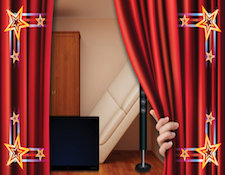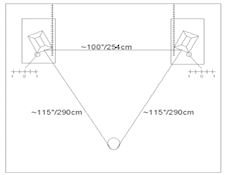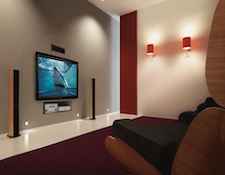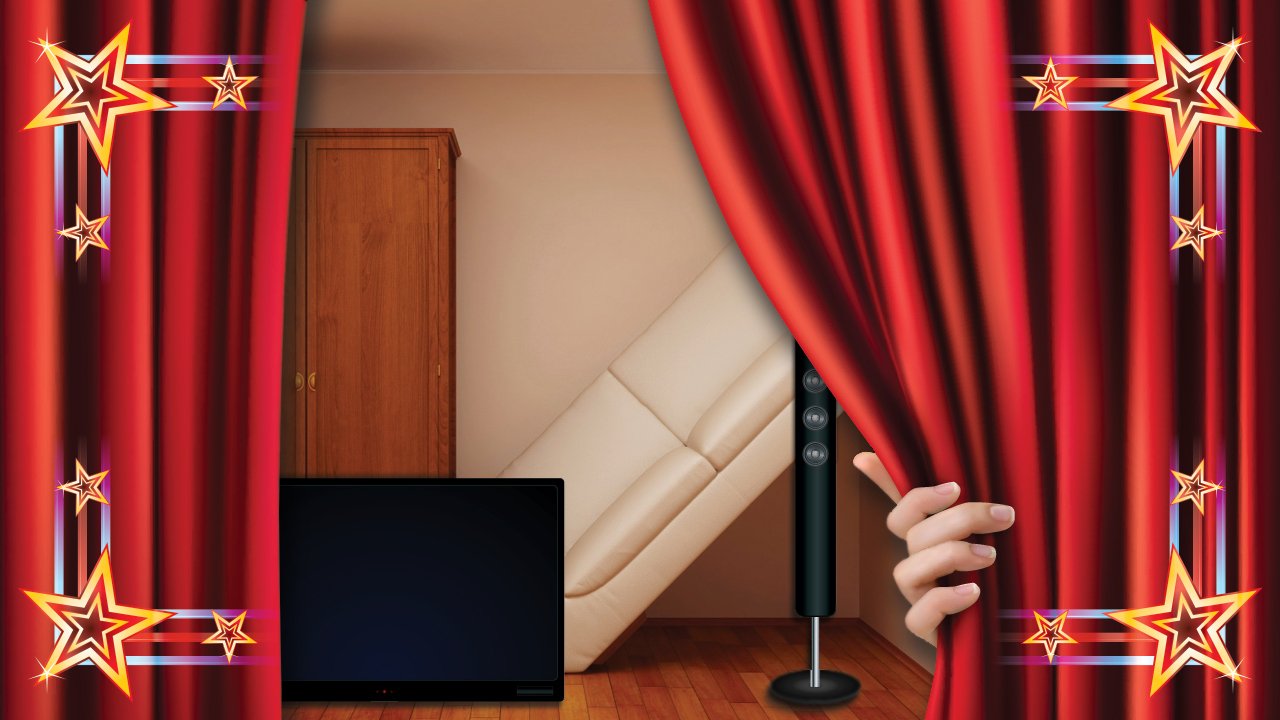It’s the time of year for saving money!
It seems that every so often, the various Hi-Fi publications, and even such mainstream pubs as Consumer Reports, come out with an article about how to buy Hi-Fi. Generally, what such articles do is to say something like “Spend this percentage of your total audio budget for your program source; this other percentage for your electronics; this for your speakers; this for cables; and (just possibly) this percentage of the total for acoustical treatments for your listening room.”
No, this isn’t one of those.
 The fact of it is that different people like or listen to different kinds of music, in listening rooms of different sizes and shapes and varying sonic characteristics. They also listen for different things in their music and have different tastes and preferences as to the way they want it to sound.
The fact of it is that different people like or listen to different kinds of music, in listening rooms of different sizes and shapes and varying sonic characteristics. They also listen for different things in their music and have different tastes and preferences as to the way they want it to sound.
Yeah, I know that nobody who wasn’t actually at the original recording session can ever know what the music really sounded like, but we all have our own imaginings of what that must have been, and that’s what we hope to hear from our system; what we try to buy; and what we are pleased by and declare to be “natural” or “believable-sounding” when we hear it. And even when we are blessed with the opportunity to hear “live” sound, the characteristics that we focus on still differ from person to person, with some of us liking and listening for tonal balance, some loving the bass, some being “blown away” by the spatial characteristics (the ability to hear the size, shape and “texture” of the room and the precise position of each instrument or performer within it), and some finding still other things to catch and hold their attention.
With all that difference going on, how can anyone even consider suggesting just a single set of parameters for a system or any one fixed set of percentages for allocating what to spend for what? It can’t be done, so I’m not even going to try. Instead, I’m going to suggest a different approach entirely.
 The very first thing to do is to ask yourself — not how much money you want to spend (Until you start shopping, and see what things actually cost, how can you really know?) – but how long do you want to keep whatever you buy. If you’re a serious and committed Hi-Fi hobbyist, you may find yourself changing your System fairly often, and having a long term plan that recognizes that can be a real help. If, on the other hand, you intend — as you would with a refrigerator, for example, or some other major appliance – to just buy a system and keep it, an entirely different budget approach will probably be your best bet.
The very first thing to do is to ask yourself — not how much money you want to spend (Until you start shopping, and see what things actually cost, how can you really know?) – but how long do you want to keep whatever you buy. If you’re a serious and committed Hi-Fi hobbyist, you may find yourself changing your System fairly often, and having a long term plan that recognizes that can be a real help. If, on the other hand, you intend — as you would with a refrigerator, for example, or some other major appliance – to just buy a system and keep it, an entirely different budget approach will probably be your best bet.
Let’s start with the “keeper” system first: If you’re going to buy a system and keep it, what are you going to keep it for? If it’s just something for the office or for somewhere other than your main listening room, what do you want it to do for you? Will it just provide background music or news reports while you’re doing something else? Or are you going to actually and critically listen to it? That difference, right there, can strongly influence both the cost and the amount of care you need to put into your System purchase.
Another important consideration is where do you intend to put whatever you buy? For the source and electronics portions of the system, that may not make much difference, as long as they’re easy to get to — to change discs, for example — but if you want your “keeper” system to be good enough for serious listening and, like me, two of the things you most critically listen for are imaging and soundstaging, then where you put your speakers can make a huge difference.
 For one thing, it will affect the sound of your system: For the very best imaging and soundstaging, speakers – unless they were specifically designed otherwise, like some of the earlier offerings from Boston Acoustics – should always be placed with their tweeters at “ear-level”, well out into the room, and away from either the back or side walls.
For one thing, it will affect the sound of your system: For the very best imaging and soundstaging, speakers – unless they were specifically designed otherwise, like some of the earlier offerings from Boston Acoustics – should always be placed with their tweeters at “ear-level”, well out into the room, and away from either the back or side walls.
That means that so-called “bookshelf” speakers – some of which, at every price point, can be quite fine – should almost never actually be placed in a bookshelf. Not only will many of them not actually fit in any real bookshelf, but placing them there, while it might be convenient and enjoy a high WAF (“Wife Acceptance Factor”) can limit or outright destroy the excellent imaging and soundstaging performance of which many are capable.
To put them out into the room, though, where they’ll sound best, may require a bigger room – obviously a limiting factor if the size just isn’t there. It will also, in most cases, require an additional expenditure for stands to mount them at the right height. And – if you’re going to go to all that trouble (and probably wind up rearranging that room that you hadn’t intended to be a dedicated listening room) you may very well want to just go with floor-standing speakers to begin with, and forget “bookshelf” speakers altogether. Especially if you’re “into” big bass or higher volume levels, that might be your very best choice.
 I’ll go into more about speakers and other things for a “keeper” system next time, always with an eye to getting the greatest performance and value for the money. And then, in following installments, well take a look at the smart way to buy and set up a system that you know is going to change over time.
I’ll go into more about speakers and other things for a “keeper” system next time, always with an eye to getting the greatest performance and value for the money. And then, in following installments, well take a look at the smart way to buy and set up a system that you know is going to change over time.
Stay tuned…







